Weezer (Blue Album)
Buy Weezer Twenty years ago this weekend, Weezer stormed into rock and roll consciousness with their potent, popular, and critically acclaimed self-titled debut, which has come to be known as simply the “Blue […]
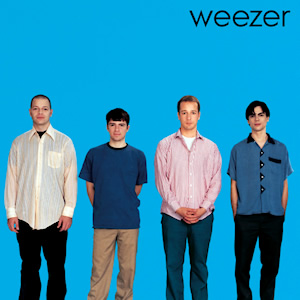
Buy Weezer Twenty years ago this weekend, Weezer stormed into rock and roll consciousness with their potent, popular, and critically acclaimed self-titled debut, which has come to be known as simply the “Blue […]
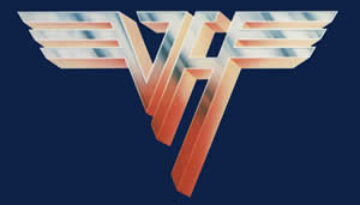
Buy Van Halen II While rarely cited as one the group’s best works, Van Halen II, features some of the band’s best individual tracks and may well showcase Van Halen at its cohesive […]
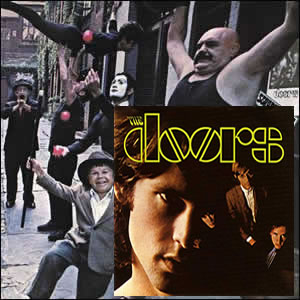
Buy The Doors Buy Strange Days I have been a fan of The Doors music since I was about 12 or 13 and have constantly gone back and forth over which is their […]
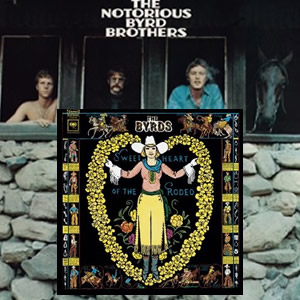
Buy The Notorious Byrd Brothers Buy Sweetheart of the Rodeo 1968 was a transitional year for folk/rock group, The Byrds, in terms of both musical approach and lineup changes. During the year, the group […]
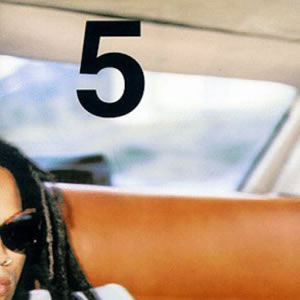
Buy Lenny Kravitz 5 The fifth studio album by Lenny Kravitz, released in 1998 is aptly titled 5 and saw the talented artist return to top commercial success as well as expand his […]
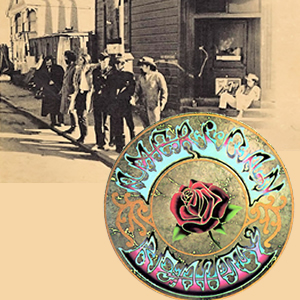
Buy Workingman’s Dead Buy American Beauty With the arrival of a new decade, the Grateful Dead decided to shift towards scaled back folk and country style rock. This proved to be a wise […]
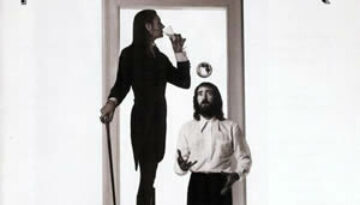
Buy Fleetwood Mac After eight years, nine albums, several lineup shifts, and many musical reinventions, the lineup and sound that would bring Fleetwood Mac to the top of the pop world finally fell into place […]
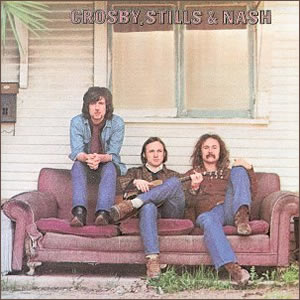
Buy Crosby, Stills & Nash Crosby, Stills & Nash is an extremely rich and influential debut album from the “super group” of the same name. The trio of vocalists / guitarists which forged […]

Buy Bayou Country Buy Green River Buy Willy and the Poor Boys Creedence Clearwater Revival was incredibly prolific in their earliest recording period. Following their self-titled debut album in mid 1968, the group […]
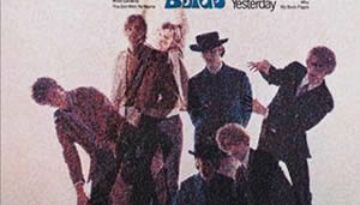
Buy Younger Than Yesterday The fourth album by The Byrds, 1967’s Younger Than Yesterday saw a continued evolution of the quartet’s sound towards a mature fusion of jazz and psychedelia and jazz into […]